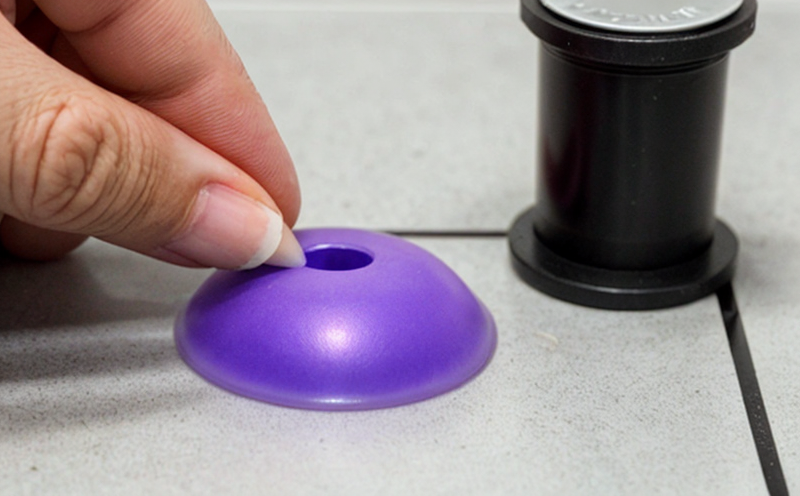JIS K6217 Carbon Black Surface Area Testing by Nitrogen Adsorption
The JIS K6217 standard is a cornerstone in the field of nanomaterials testing, particularly for carbon black. This method utilizes nitrogen adsorption to determine the surface area and pore size distribution of carbon black particles. The technique relies on Brunauer-Emmett-Teller (BET) theory, which quantifies the amount of gas adsorbed at various relative pressures, providing a precise measure of the specific surface area.
The process begins with thorough preparation of the sample. Careful handling is essential to avoid contamination or alteration of particle morphology. Once prepared, the specimen is introduced into a high-precision instrument equipped with a vacuum system capable of creating a range of gas pressure conditions. Nitrogen gas at 77 K (−196°C) is used due to its inert nature and favorable adsorption properties.
The BET equation calculates surface area from the amount of nitrogen absorbed as a function of pressure. This method is particularly effective for measuring the specific surface area, which is crucial in carbon black applications such as rubber compounding, inkjet printing, and coatings. The results provide insights into the particle size distribution and reactivity, which are key factors influencing the performance of end products.
Understanding the surface area of carbon black particles is vital for ensuring consistent quality and meeting industry-specific requirements. For instance, in rubber compounds, higher surface areas can enhance dispersibility but may also increase processing costs. The JIS K6217 method allows manufacturers to optimize these parameters effectively.
The application of this test extends beyond manufacturing processes. Quality managers and compliance officers rely on accurate surface area measurements to ensure their products meet regulatory standards. R&D engineers use the data to innovate formulations that balance performance with cost-effectiveness. Procurement teams can also leverage this information to source materials from reliable suppliers who consistently adhere to such stringent testing protocols.
The JIS K6217 method is not only a standard for carbon black but also sets a benchmark for similar nanomaterials testing. Its precision and repeatability make it indispensable in industries where minute differences in particle characteristics can significantly impact final product performance.
- Why Choose This Test: Precision, reliability, and compliance with international standards.
- International Acceptance and Recognition: Widely adopted across Asia-Pacific regions for carbon black quality assurance.
In summary, JIS K6217 nitrogen adsorption testing is a critical tool in the characterization of carbon black. Its ability to provide accurate surface area measurements ensures consistent product quality, supports regulatory compliance, and drives innovation in various industries.
Applied Standards
The JIS K6217 standard for determining the specific surface area of carbon black by nitrogen adsorption is based on internationally recognized principles. The method adheres to ISO standards and has been validated through extensive research and practical application. This ensures that the results are not only precise but also universally accepted.
Key aspects of JIS K6217 include:
- Use of nitrogen gas at 77 K for adsorption.
- Measurement using a specific range of relative pressures (0.05 to 0.3).
- Application of BET theory to calculate surface area.
The standard also provides detailed instructions on sample preparation, which is critical for obtaining accurate results. Proper handling and conditioning of the carbon black samples ensure that they are representative of the material's true properties. This includes sieving, drying, and grinding if necessary.
Compliance with JIS K6217 ensures that manufacturers can produce consistent products that meet both internal quality standards and external regulatory requirements. The method is particularly useful in industries where carbon black plays a significant role in product performance, such as automotive tires, printing inks, and coatings.





